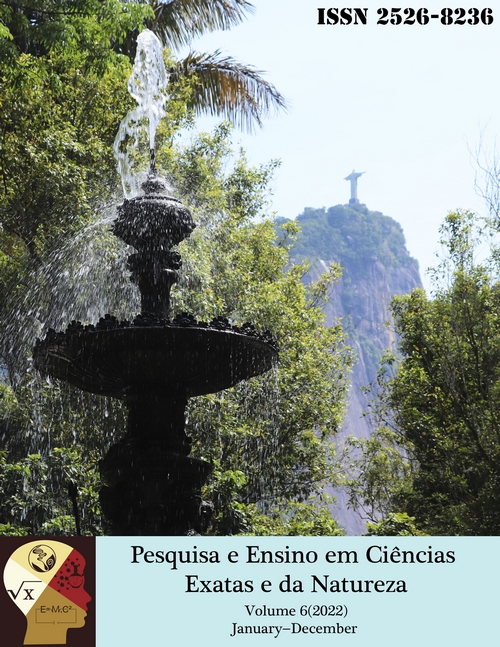v. 6 (2022): Pesquisa e Ensino em Ciências Exatas e da Natureza

The Instituto de Pesquisas Jardim Botânico do Rio de Janeiro is one of the oldest institutions in Brazil. Its origins date back to the Horto de Aclimatação created by Dom João VI in 1808. It is currently one of the most important research institutions in Brazil. In addition to its great importance for Brazilian science, it is also an important tourist spot in the city. Located in the Zona Sul of Rio de Janeiro, it is close to other tourist sites, such as Lagoa Rodrigo de Freitas. Despite the undoubted importance of the botanical collections of the Jardim Botânico, a rich fauna can also be found in the arboretum. Organized in alleys with plants from all over the planet, some water bodies are also found in this place. To better understand the fauna of these water bodies, the work “Beyond plants: diversity of freshwater molluscs at Instituto de Pesquisas Jardim Botânico do Rio de Janeiro” presents the diversity of freshwater molluscs in this important research institute. Six native and four invasive species were found. Thus, in addition to the maintenance of plant species, we also find an important fauna of freshwater molluscs in the Jardim Botânico. Despite the invasive species, urban green areas can also act as a refuge for some species of our fauna. Especially when these are adjacent to Protected Areas, as is the case of the Botanical Garden, which is close to the Parque Nacional da Tijuca. In the image that illustrates the cover of this edition, we see the apex of the Chafariz das Musas, which was one of the sampling points in the Jardim Botânico, and in the background, the Corcovado, which is located inside the Tijuca National Park.

